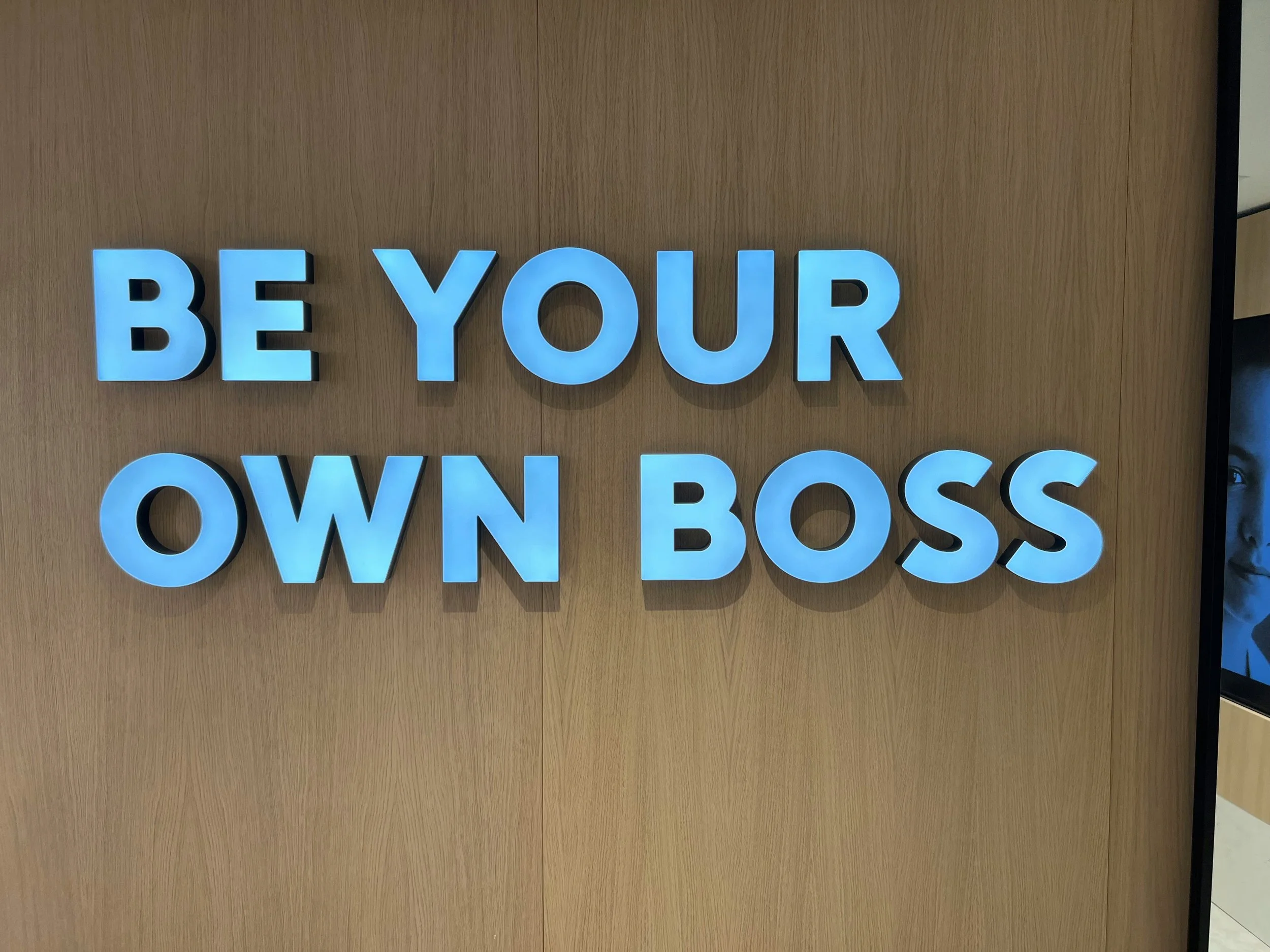In today’s evolving business landscape, the role of the event planner is undergoing a dramatic transformation. No longer viewed solely as logistical coordinators, event professionals are increasingly being recognized as strategic partners who help drive business outcomes.
If you’re a meeting or event planner looking to elevate your career and be seen as a leader, not just a doer, the shift starts with mastering new skills—and reframing how you position your value within your organization.
Here’s what it takes to make the leap from event planner to strategic leader.
1. Develop Business Acumen
Strategic leaders understand more than just timelines and vendors—they understand the business. That means:
Reading financial reports and interpreting P&L statements
Understanding how events impact revenue, retention, and brand equity
Aligning your event goals with organizational KPIs
Tip: Ask to sit in on marketing, finance, or leadership meetings to broaden your perspective. The more you understand the business, the more effectively you can position events as strategic investments.
2. Speak the Language of Executives
You’ll gain more respect and influence when you can translate event decisions into business outcomes. For example:
Instead of “We need to upgrade the registration software,” say “Our current system is causing delays and losing us 10% of potential attendees. A new system could recoup $15K annually.”
Use metrics like ROI, ROO (Return on Objective), customer retention, and brand lift to tell your story.
3. Strengthen Leadership and Team Management Skills
To lead strategically, you must also lead people—whether they’re direct reports, vendors, volunteers, or cross-functional teams.
Learn to delegate effectively and manage up
Practice giving and receiving feedback
Develop conflict resolution and stakeholder management techniques
Great leaders create clarity and rally others around a vision. Even if you don’t have a formal leadership title, you can lead through influence.
4. Embrace Technology and Data
Leaders leverage data to make decisions. Start by:
Tracking key metrics (e.g., registration conversions, attendee satisfaction, cost per lead)
Using event tech for automation, engagement, and analytics
Understanding privacy and data compliance issues, especially if you manage attendee info
When you use data to shape your strategy—and communicate it—you become an indispensable advisor, not just a planner.
5. Cultivate Strategic Relationships
Event leaders know how to build bridges across departments and with external partners:
Create win-win sponsorship opportunities
Collaborate with marketing and sales for aligned messaging
Work with HR to support company culture through internal events
Your ability to connect the dots between departments is a major leadership asset.
6. Develop a Personal Brand
Visibility matters. Thought leaders:
Speak at industry conferences
Publish articles or blogs
Mentor other planners
Advocate for DEI, accessibility, or sustainability in the profession
Be intentional about how you show up. Let people know you’re not just planning events—you’re driving strategy.
7. Practice Executive Presence
Strategic leaders have presence. This doesn’t mean being the loudest voice in the room—it means being composed, confident, and clear under pressure.
Hone your public speaking and presentation skills
Stay calm and solution-oriented in crisis
Dress, speak, and write with intention
Presence earns trust—and trust earns influence.
The shift from event planner to strategic leader doesn’t happen overnight. It takes curiosity, consistency, and courage. But with the right mindset and skillset, you can go from being the one who executes the plan to the one helping shape it.
Whether you’re aiming for a director-level role or simply want to be taken more seriously by senior leadership, the first step is choosing to see yourself as more than “just the planner.” Because you are.

